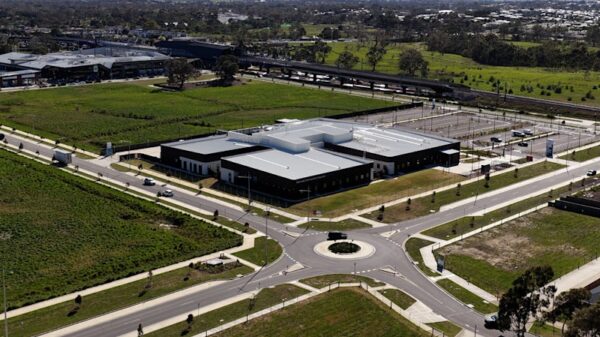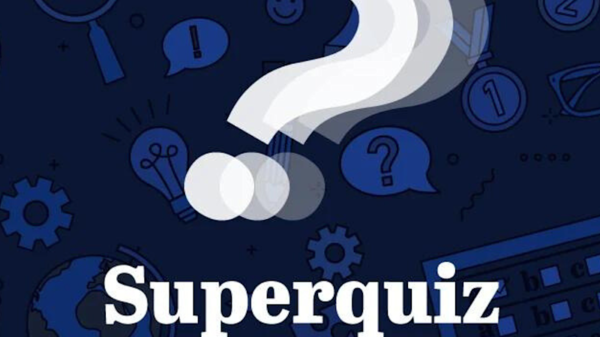Research conducted by scientists from the University of Sydney and Western Sydney University has unveiled significant insights into how our brains process the sensation of touch when observing others. The study, published on March 15, 2024, highlights the rapid brain activity that occurs when individuals witness physical contact, revealing the intricate connections between perception, empathy, and social interaction.
Understanding the Brain’s Response to Touch
Touch serves as a vital mechanism for human connection and self-awareness. While we often perceive touch through our skin, visual input plays a crucial role in shaping our tactile experiences. A well-known phenomenon called the rubber hand illusion demonstrates this interplay; individuals can begin to feel a rubber hand as part of their own body when it is stroked simultaneously with their hidden hand. The new research aims to deepen our understanding of this complex process by examining how quickly and accurately the brain interprets observed touch.
Utilizing electroencephalography (EEG), researchers recorded brain activity with millisecond precision while participants watched a series of videos depicting various types of touch on a hand. These included gentle strokes, firm presses, and sharp contacts. The team employed machine learning algorithms to discern patterns in brain activity that corresponded to the type of touch being observed.
The findings were striking. Within just 60 milliseconds of viewing a touch, the brain could identify crucial details, such as whether the scene depicted a first-person perspective (likely representing one’s own hand) or a third-person perspective (indicating another’s hand). It also distinguished between left and right hands. By approximately 110 milliseconds, the brain processed sensory information regarding how the touch might feel, categorizing it as soft or painful.
By 260 milliseconds, emotional dimensions of the touch were registered, allowing for the assessment of whether the touch appeared soothing, painful, or threatening. This rapid processing illustrates how swiftly our brains convert simple visual stimuli into rich, emotional experiences.
The Importance of Touch in Empathy and Social Connection
The implications of these findings extend beyond mere curiosity; they underscore the role of observed touch in fostering empathy. The study suggests that the brain briefly “mirrors” observed experiences, simulating the feelings of others as if they were our own. This mechanism may be foundational to empathy, enabling us to recognize danger and forge social connections.
Some individuals even report feeling sensations such as tingling or pressure when witnessing others being touched—a phenomenon referred to as “vicarious touch.” Understanding how the brain processes observed touch could clarify why images of injury provoke physical reactions in some people while leaving others unaffected.
The researchers plan to further investigate how these rapid brain responses differ among individuals who experience vicarious touch and those who do not. This could elucidate individual variations in empathy, potentially contributing to improved therapies that involve touch and body awareness.
In the long term, a clearer understanding of how the brain perceives and interprets touch may enhance our grasp of empathy-related issues and improve social connections in various contexts, including digital environments such as virtual reality. The study reinforces the idea that even the act of observing touch can foster a sense of closeness among individuals, reminding us of the profound ways in which we connect with one another.
The research was conducted by Sophie Smit, a Postdoctoral Research Associate in Cognitive Neuroscience at the University of Sydney, and Tijl Grootswagers, an ARC DECRA Senior Research Fellow in Cognitive Neuroscience at Western Sydney University.





























































